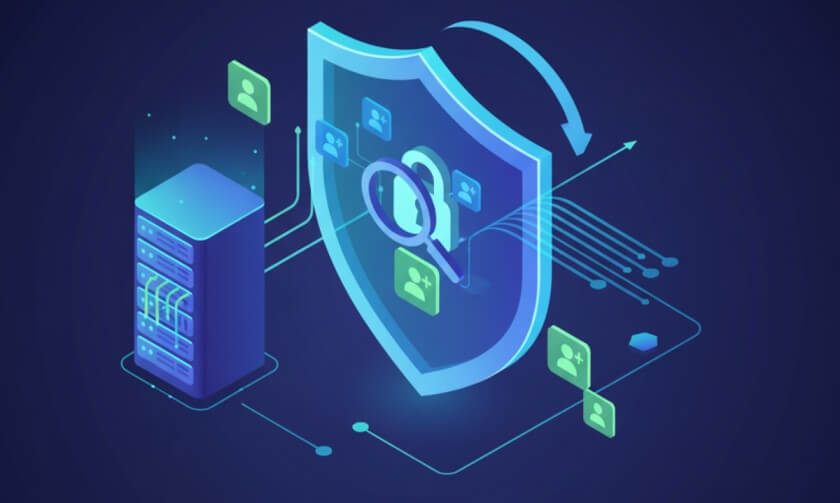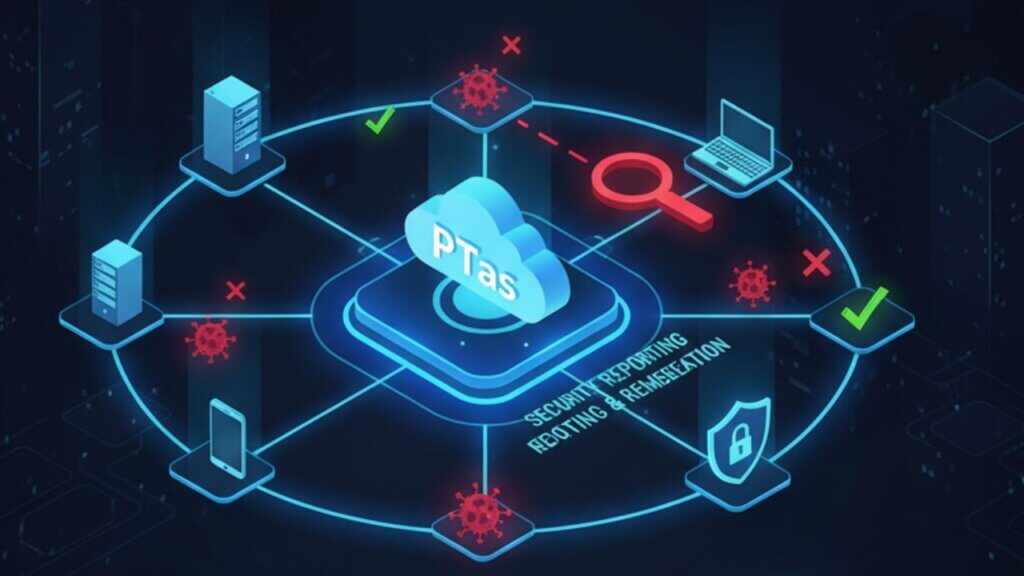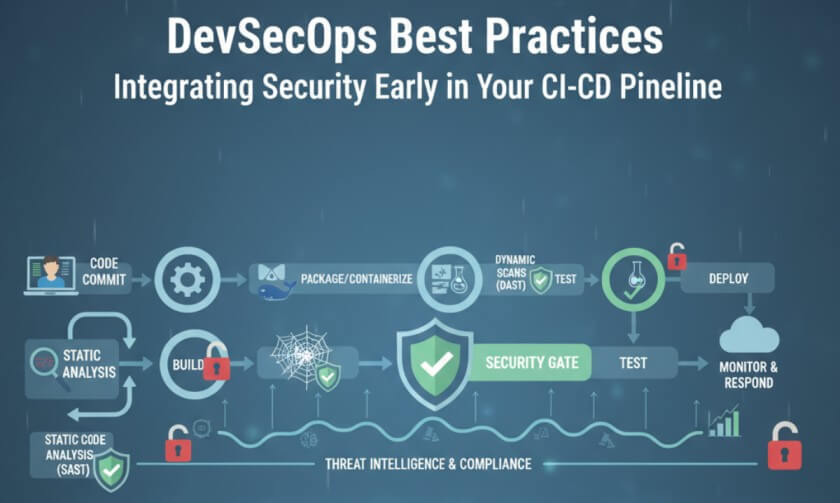Network administrators face a tough challenge: securing systems while respecting user privacy. Encrypted traffic hides threats but also protects sensitive data. Inspecting it without exposing contents is key to maintaining trust and compliance. This article explores practical ways to achieve that balance using patterns and metadata.
Table of Content
What Is Encrypted Traffic?
Encrypted traffic uses protocols like TLS or SSL to scramble data during transmission. Think HTTPS websites, secure emails, or app communications. These ensure intercepted packets can’t be read.
It’s a win for security but creates blind spots. Malware or data leaks can hide in encrypted streams. Inspection helps spot issues like unusual data spikes or suspicious connections.
Why Privacy-Preserving Inspection Matters
Traditional inspection often decrypts traffic, exposing contents. This can violate privacy, breach laws like GDPR, or erode trust. Decryption risks logging sensitive data or key theft.
Non-decrypting methods analyze external traits, keeping payloads safe. These align with ethical and legal standards, ideal for enterprises or ISPs.
Challenges in Inspecting Encrypted Traffic
Modern encryption, like TLS 1.3, hides details such as server names. This makes classification tough without invasive tools. High traffic volumes also demand scalable solutions.
Distinguishing benign from malicious activity is tricky. Encrypted streams look similar, so subtle clues are critical.
How Can You Inspect Encrypted Traffic Without Decryption?
Several methods enable effective inspection while preserving privacy. They focus on metadata the “envelope” around the data.
Metadata Analysis
Metadata includes IP addresses, ports, packet sizes, and timings. These stay visible in encrypted flows.
Tracking packet sizes or session durations can reveal issues. Large packet spikes might signal data leaks, while frequent bursts could indicate malware.
Deploy sensors at gateways to capture packet mirrors. Analyze in real time or store for review. No payload is accessed, ensuring privacy.
Behavioral Anomaly Detection
This method baselines normal activity and flags deviations. Over time, systems learn typical patterns for users or devices.
Unusual timings or handshake changes can signal threats. For example, odd-hour connections might warrant a closer look.
Start with a week-long learning phase. Then enable alerts, pairing with threat intelligence for context.
Machine Learning for Patterns
Machine learning classifies traffic using statistical features. It processes packet attributes like flow directions or timings.
For TLS 1.3, models can identify video or chat streams without decryption. Pair with IP databases for better accuracy.
Use open-source libraries or vendor tools. Update models regularly to handle new apps.
IP and Hostname Insights
Resolving IPs and hostnames maps traffic to services. This infers destinations without packet inspection.
Traffic to a cloud provider’s IP might trigger checks if unusual. Use public data to stay privacy-friendly.
Maintain updated IP databases and combine with other methods for depth.
What Tools Are Best for Inspecting Encrypted Traffic?
Choosing the right tools is critical for effective, privacy-safe inspection. Wireshark filters metadata like TLS handshakes without decryption. It’s great for manual analysis, especially for beginners.
Network detection platforms rebuild sessions, extracting client-server fingerprints. Open-source tools like Zeek allow custom anomaly detection with scripting for advanced users.
Proxies like mitmproxy can log metadata. Stick to non-decrypt modes to avoid privacy risks. Ensure tools don’t store sensitive data to maintain compliance.
Step-by-Step Guide to Implementing Inspection
- Assess Network: Find chokepoints for sensors, covering internal and external traffic.
- Choose Tools: Pick metadata for basics, ML for advanced threat hunting.
- Set Baselines: Run a learning period to capture normal patterns.
- Monitor and Alert: Set rules for anomalies like packet spikes.
- Integrate Intelligence: Link with threat feeds for context.
- Review and Refine: Audit alerts to reduce false positives.
This ensures effective, privacy-safe inspection.
Best Practices for Balancing Security and Privacy
Collect only necessary data. Document policies for compliance and transparency.
Prioritize performance with in-memory processing to avoid delays. Test in a lab to confirm no privacy leaks.
Align with regulations by avoiding payload access. Combine methods for robust coverage.
Is Inspecting Encrypted Traffic Legal?
A common concern is the legality of inspecting encrypted traffic. It’s legal if you avoid decryption and comply with laws like GDPR or HIPAA. Focus on metadata, such as packet sizes or IPs, and avoid accessing payloads.
Document your approach clearly. Transparency builds trust and ensures compliance. Pair with user consent where possible, especially in regulated industries.
Real-World Examples
In a corporate setting, behavioral detection might spot encrypted data leaks. A device sending bursts to an unknown IP triggers a check without decryption.
ISPs can use ML to prioritize video streams without viewing content. Researchers detect malware in TLS flows using these methods, proving their value.
How Can You Ensure Inspection Doesn’t Slow Your Network?
Performance is a valid concern when inspecting encrypted traffic. Use in-memory processing to minimize latency. Tools like Wireshark or Zeek are optimized for efficiency.
Place sensors strategically to avoid bottlenecks. Test configurations in a lab to balance speed and thoroughness. Regular updates to tools and models keep performance smooth.
Last Words!
Inspecting encrypted traffic without breaking privacy is both possible and essential. Metadata, behavioral analysis, and ML provide visibility while keeping data safe. As encryption evolves, these methods ensure security and trust. Adopt them to strengthen your network responsibly.
Want to Stay Ahead of Attackers? Read These Next:
- DevSecOps Best Practices: Integrating Security Early in Your CI/CD Pipeline
- 5 Cloud Misconfigurations That Lead to Data Breaches
- How Can Ethical Hacking Training Elevate Your Internal Cybersecurity?
- Top 5 Fileless Remote Access Trojans in 2025
- Top 5 IoT Remote Access Trojans Crippling Devices in 2025
- Top 5 Web-Based Remote Access Trojans That Are Dominating 2025
Why Businesses Trust SecureMyOrg for Comprehensive Network Security
At SecureMyOrg, we uncover and fix all possible security vulnerabilities of mobile and web, while providing solutions to mitigate risks. We are trusted by renowned companies like Yahoo, Gojek and Rippling, and with 100% client satisfaction, you’re in safe hands!







Some of the things people reach out to us for –
- Building their cybersecurity program from scratch – setting up cloud security using cost-effective tools, SIEM for alert monitoring, building policies for the company
- Vulnerability Assessment and Penetration Testing ( VAPT ) – We have certified professionals, with certifications like OSCP, CREST – CPSA & CRT, CKA and CKS
- DevSecOps consulting
- Red Teaming activity
- Regular security audits, before product release
- Full time security engineers.






